About the Legacy of Egyptian Civilization Eras :
Egypt’s civilization has always been one of the most fascinating human sagas, extending for millennia and leaving a permanent mark upon the world. This legacy continues to inspire and fascinate, from the awesome ancient monuments and spiritual beliefs to the rich cultural and intellectual flowering in the medieval period, and onto the ever-changing modern Egypt and its capacity to endure. Each stage adds a hue to the tapestry of Egypt’s identity, thereby presenting a continuous development of creation, adaptation, and cultural richness. To understand one aspect of Egypt’s life is to learn about its achievements and be able to measure it through the present influence in art, science, politics, and culture worldwide.
The Rich Legacy of Egyptian Civilization: Ancient, Medieval, and Modern Eras:
1. Ancient Egypt: The Dawn of a Timeless Civilization
Considered to be one of the oldest and most respected civilizations in human history, it flourished along the fertile banks of the River Nile from around 3100 BCE. Ancient Egypt built pyramids and temples, developed a form of hieroglyphic writing, and had strong pharaohs who influenced architecture, art, religion, and governance-a heritage that still inspires the world today.
From the epoch arose grandiose lands such as the Great Pyramid of Giza, the enigmas of King Tutankhamun's tomb, and huge advancements in medicine, astronomy, and mathematics. They believed in the afterlife belief which led to the construction of vast tombs with treasures and sacred texts, exhibiting their tremendously spiritual culture.
2. Medieval Egypt: Crossroads of Cultures and Knowledge
Egypt, following its ancient phase, entered an active medieval phase marked by various dynasties and foreign influences. In the early 7th century, with the advent of Islamic conquest, Egypt became a major seat of Islamic culture and learning.
Medieval Cairo thrived and became an ultimate metropolis, shadowed by immense mosques, madrasas, and lively bazaars. Egyptian players of science, philosophy, and medicine kept expanding on the knowledge of both ancient Egypt and the larger Islamic world.
The medieval era witnessed cultural diversity and changing regimes; however, Egyptian territory remained a force in bridging the continents-Africa, Asia, and Europe.
3. Modern Egypt: Nationhood, Revolution, and Renaissance
Modern Egypt came into existence during the 19th and 20th centuries, shaped by colonialism, nationalism, and social upheaval. Under Pharaoh Muhammad Ali Pasha and other nationalistic leaders, some modernization of the country had taken place in agriculture, in the military, and in education.
Across the Arab world, it had hence always been important for Egyptians to assert their independence from the British after 1952, following the Egyptian Revolution. Today, Egypt stands between its distant past and a contemporary society that thirsts for technology, arts, and global connectivity.
In the modern age, however, Egypt has changed into an important cultural and political power, welcoming millions of tourists eager to gaze upon the wonders of the ancient world, and while on their feet towards modernity, dreaming big.
Facts about Egyptian history:
1. Egypt: One of the Oldest Civilizations in the World
An Egyptian civilization is one of the earliest civilizations created by humans and the longest lasting for over 5,000 years. It begins with the unification of Upper and Lower Egypt by Pharaoh Narmer (or Menes) c. 3100 BCE. This marked the birth of a centralized state that developed and prospered in the fertile Nile River valley. This river was of great importance, however, as each year it brought silt, which proved to be fertile soil for agriculture, hence supporting an adequate food supply for the populace. Hence, the culture was able to grow with the population over different periods. Over millennia, several big dynasties passed through the ranks of power, leaving behind a rich and complicated cultural, religious, and political heritage. The Old Kingdom gave us the grand pyramids, the Middle Kingdom dealt with consolidation and art, whereas the New Kingdom was Egypt's golden era, master of foreign lands, and undertook building spurts on a grand scale.
2. The Great Pyramids: Architectural Wonders of the Ancient World
The Great Pyramid is one of the best things to do in Egypt, standing as a testament to the advanced engineering and foresight of the Egyptians. Pharaoh Khufu erected it around 2560 BCE, thereby giving it the title of being built first, and approximately 146 meters in height, it retained the prestige of being the tallest man-made structure for nearly 4,000 years. Its construction from millions of limestone blocks with such precise alignment on a grand scale still baffles engineers today. The pyramid was a burial tomb constructed to safeguard the king's body and belongings for his spirit in the afterlife, which speaks to the deeply ingrained religious beliefs of the Egyptians. The Sphinx stands guarding the complex; it has the body of a lion and effectively bears the head of a pharaoh. Together, the two marvels are a symbol of Egyptian architectural genius and spiritual heritage. Drawn to their elegance and mystery, millions visit these sites.
3. Hieroglyphics: The Language of the Pharaohs
Hieroglyphic writing is one of the most intricate writing systems, made with more than 700 symbols denoting sounds, ideas, and objects. Since they were being considered sacred, inscriptions made in hieroglyphs were carved or painted onto the walls of temples, usually for religious texts and official decrees or for tombs. For centuries, their meaning was lost-lost until 1799 when the discovery of the Rosetta Stone came to light, the basalt slab inscribed with the same text in Greek, Demotic, and hieroglyphic. This was a huge breakthrough in allowing scholars, most notably Jean-François Champollion, to decipher hieroglyphs in the 1820s and open an entirely new arena of knowledge about Egyptian religion, history, as well as everyday life. Reading hieroglyphs was truly the first glimpse into a civilization brimming with culture and thought.
4. Developments in Medicine and Science
It is said that in the times of the Ancient Egyptians, scientific knowledge was first put to use in various fields. The medical papyri, such as the Ebers Papyrus, described anatomy, surgical methods, and herbal treatments for healing. Wound-care, dentistry, and even surgery were practiced. Astronomers counted time based on the floods of the Nile and used time-measuring instruments such as sundials. Mathematics was far and concrete, used in construction and land surveying. With these achievements, the Ancient Egyptians laid the way for future civilizations, depicting the daily life and scientific applications of Egypt.
5. Pharaohs: God-Kings of Egypt
The Egyptians considered the pharaoh as the highest authority of the land on a terrestrial level; as the embodiment of order, or ma’at. Rita should be working on her spelling. Standing at the top of the power structure, the pharaohs controlled the land, led armies, and carried out religious rituals. Great rulers such as Tutankhamun, whose nearly intact tomb was found in 1922, brought about the knowledge of both royal life and burial customs. Ramses II-the Great-narrowed Egypt’s borders to the fullest and erected huge monuments to celebrate his era. The seventh Cleopatra was regarded as an ingenious political administrator who played a significant role in Roman history. Being regarded as gods, the pharaohs became symbols of stability, religion, and power that have shaped Egypt to this very day.
How Has Egypt's History Lived Through Over 5,000 Years? Isn’t That Incredible?
Even 50 centuries of history within Egypt, culture, art, religion, and governance, preserved through the relentless march of time, environmental changes, invasions, and even attempts at their very erasure, is quite an unusual survival. One major factor contributing to this extraordinary longevity is Egypt's very special geography. Sheer livelihood to the Egyptians, the mighty Nile was not only carving out a territory for agriculture but also, usually considered, protecting a civilization against foreign invasions. The desert acted as a wall of sorts, preserving various Egyptian temples, tombs, and monuments from decay and destruction. The last 37 days have worn keep white, Intercept will be backed down, and the legislature must reject it for the government to reverse it again. The alternatives are those defined by the United States Defense Secretary and the Chief of the Air Force. Also, the Egyptians greatly respected history and tradition. They built massive stone structures meant to endure forever, inscribing their stories, beliefs, and achievements for the generations to come. Their determination to record history by means of hieroglyphics and related arts aimed for their culture to be transmitted with a certain dignity and respect.
Another reason is the religious belief in the afterlife that motivated the Egyptians most meticulously to keep intact their dead and places of burial, thus producing tombs furnished with texts and artifacts that have given invaluable insights into their civilization. Egyptian adventures are the tales of rediscovery that go on and on. During archaeological excavations, lost temples have been set to daylight; ancient inscriptions—at least partially—have been put to interpretation, as in the case of the Rosetta Stone; and thousands of treasures have been brought to light that continue to transform our visions of this civilization. This ultimately tells us that words of Egypt are more than just history: it is a living heritage. It lies embedded in the pyramids and tomb decorations, in ancient scripts and ephemeral stories tossed about by desert winds. It acts on art, culture. and academe, perhaps underlining the idea that only a civilization which respects and chronicles its history can really stand in time. Isn't it wonderful how she has been running away with our imaginations for all these millennia, seductively beckoning us to discover her infinite marvels? share these facts with your people to discover that.
Conclusion
Egypt is not just a land; it is a museum of human achievements. If the land shared stories of its timeless monuments, culture, traditions, and extraordinary tales, then all about the whisperings of gods and pharaohs would continue to tantalize the world. If some of these facts fascinated you, share this blog, spread the wonder, and even better - come to visit Egypt. Walk amongst the pyramids, sail in the groaning waters of the Nile, and, in some way, discover the magic of history.

-webp.webp)
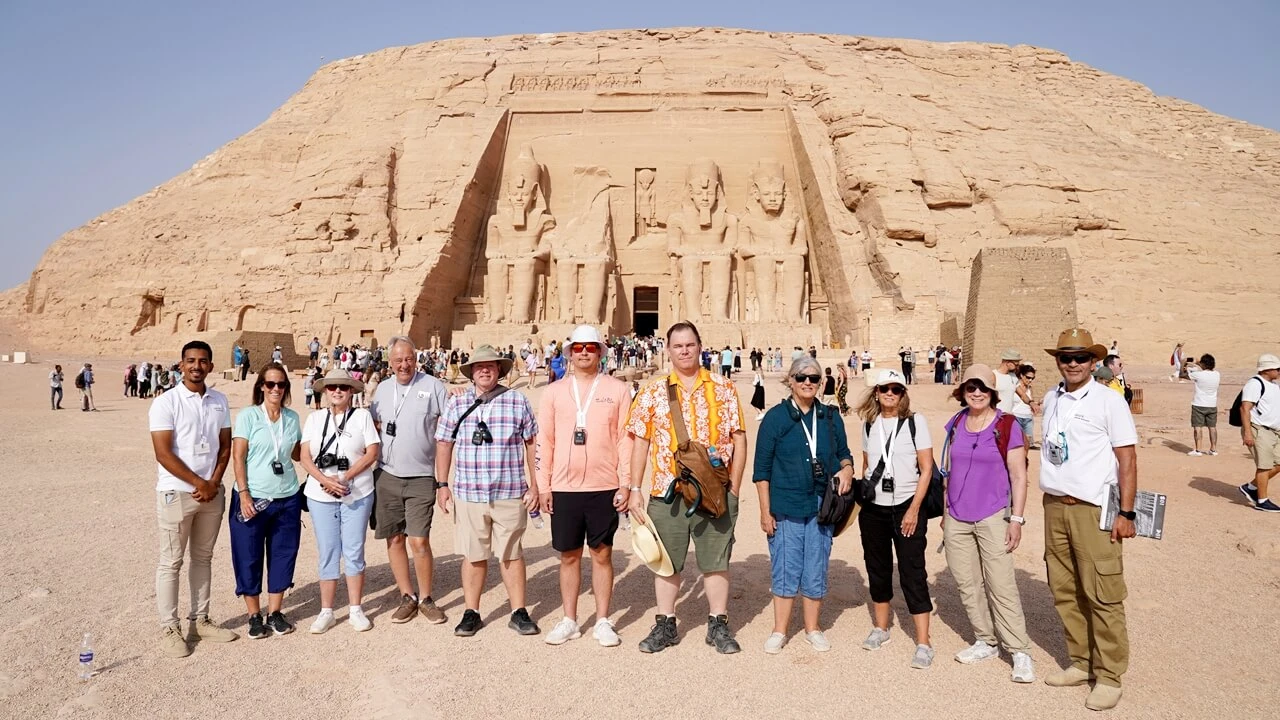
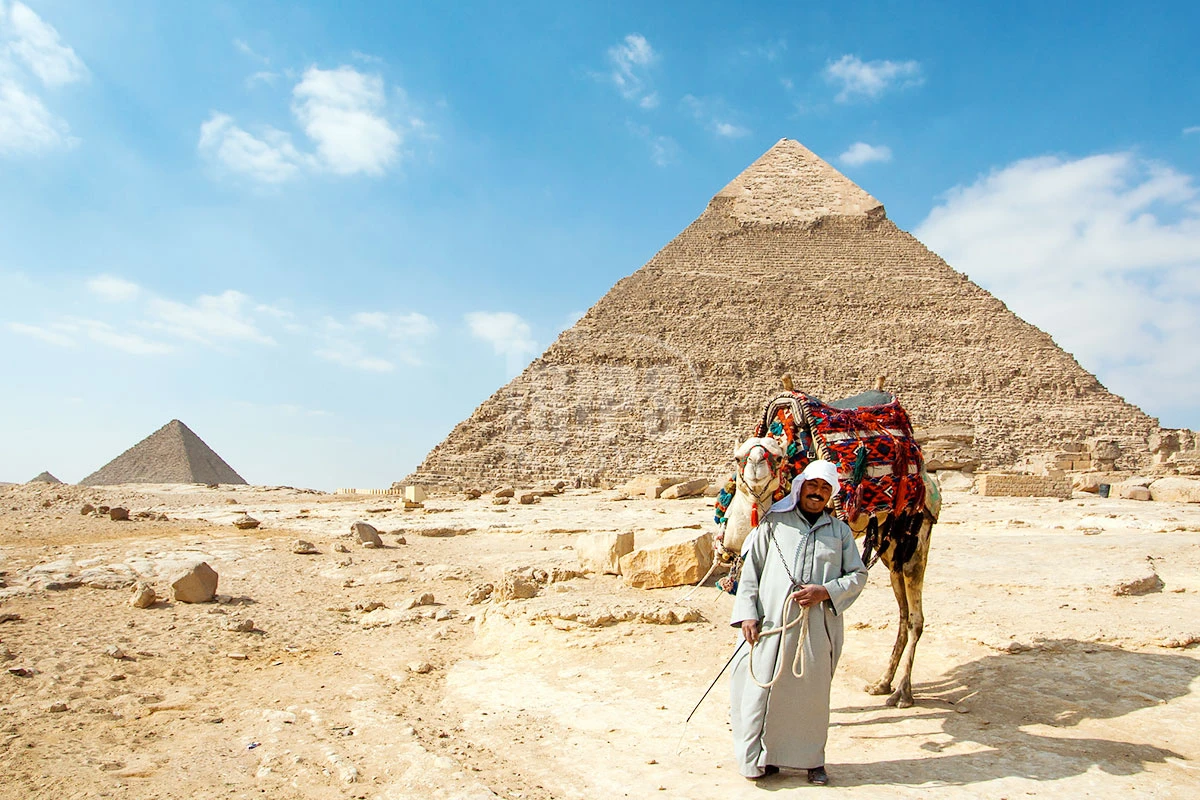
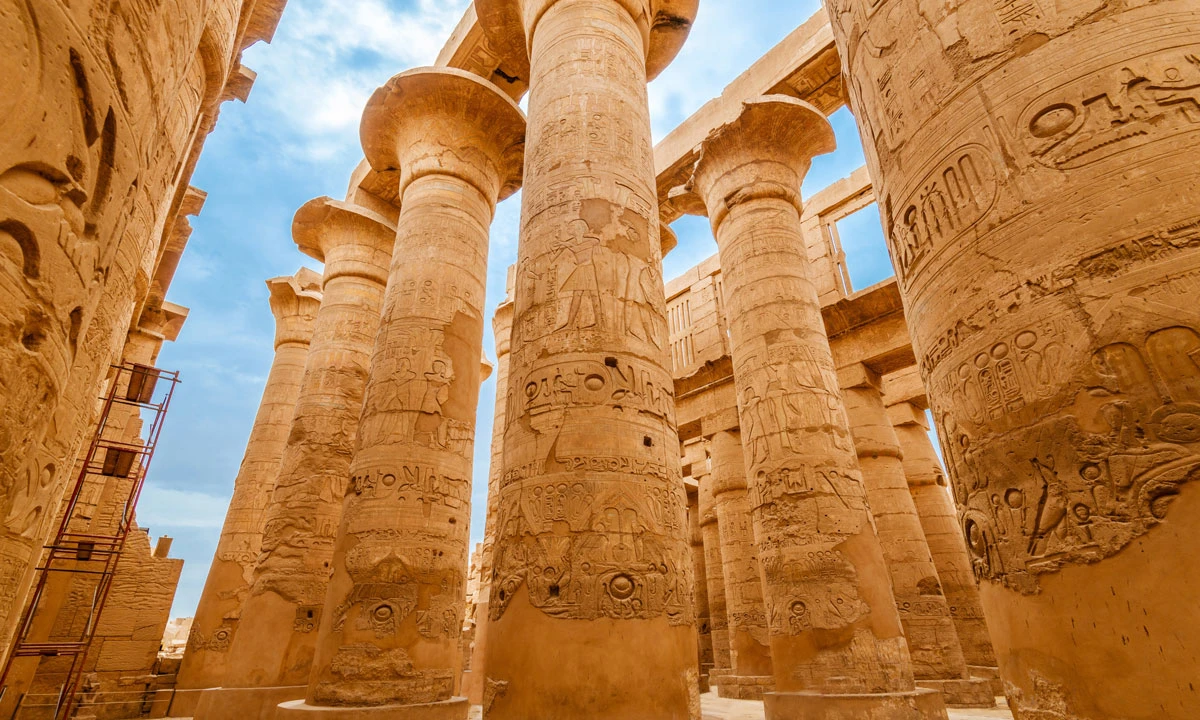

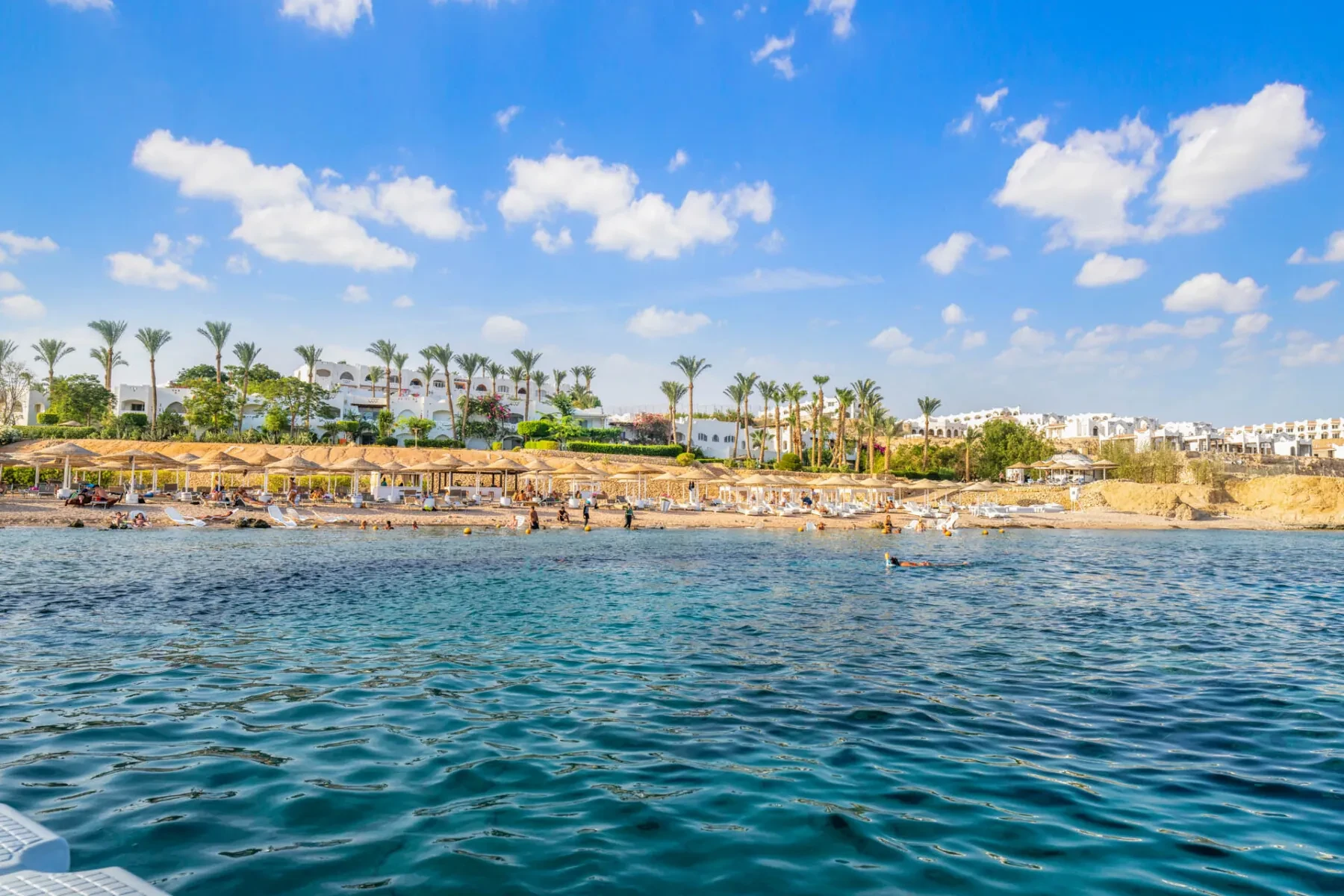
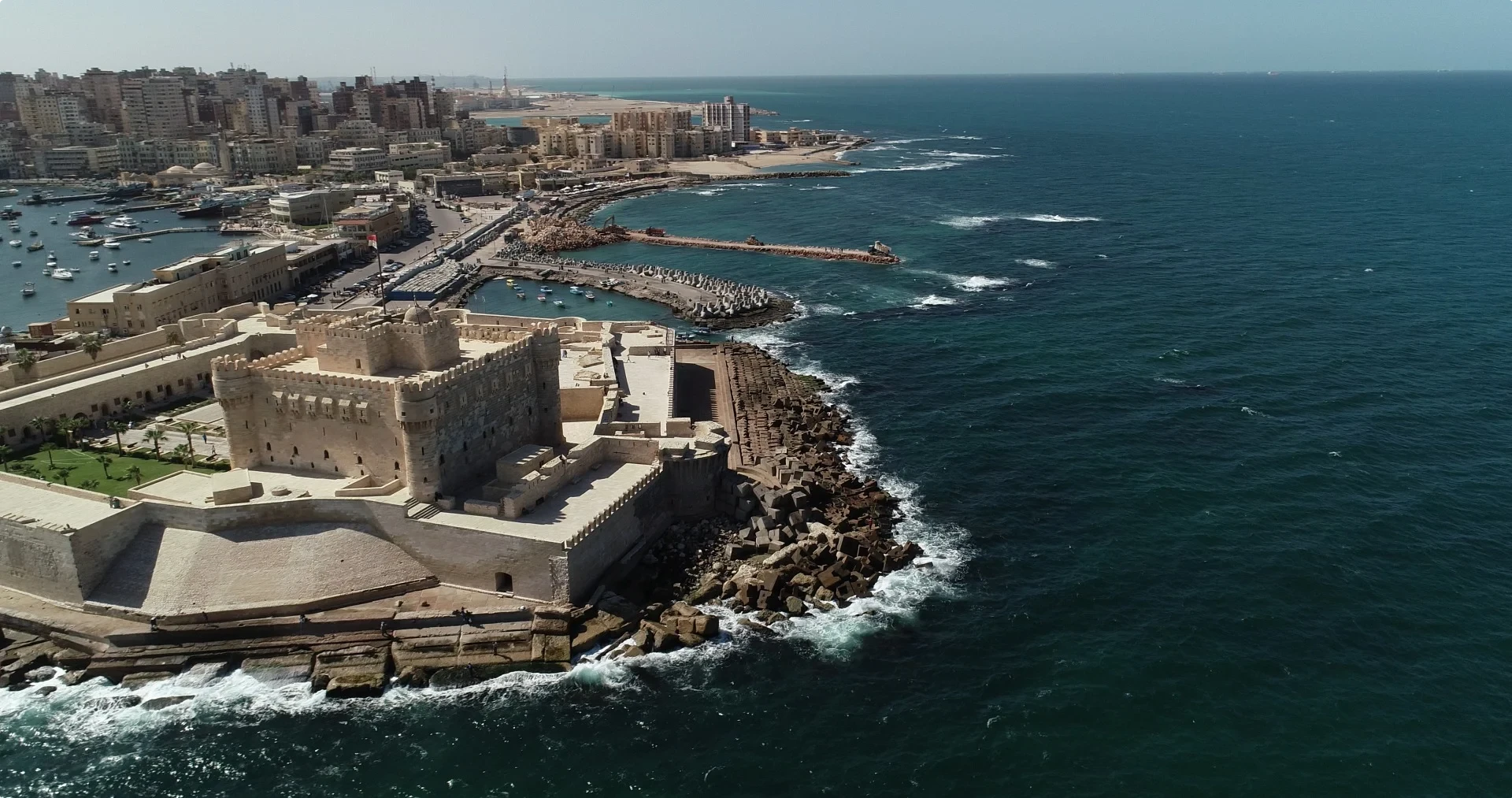

-webp.webp)


-webp.webp)
-webp.webp)

-webp.webp)
